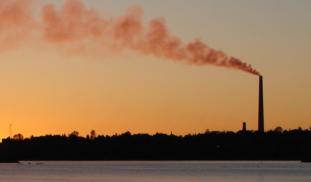81
0
0
Like?
Please wait...
About This Project
Global climate change is due in large part to increasing levels of atmospheric carbon dioxide that result from human activities such as deforestation and burning of fossil fuels. This project aims to better understand how we can combat global warming by recycling this unwanted greenhouse gas into something more useful and benign: methanol. Methanol is a clean burning and environmentally friendly fuel that can replace gasoline in automobiles.


